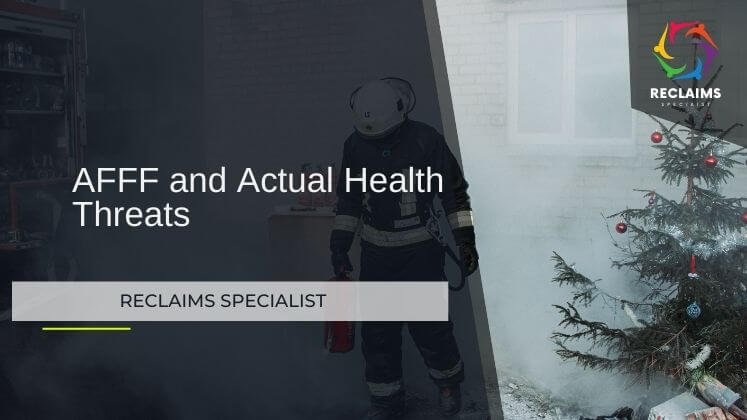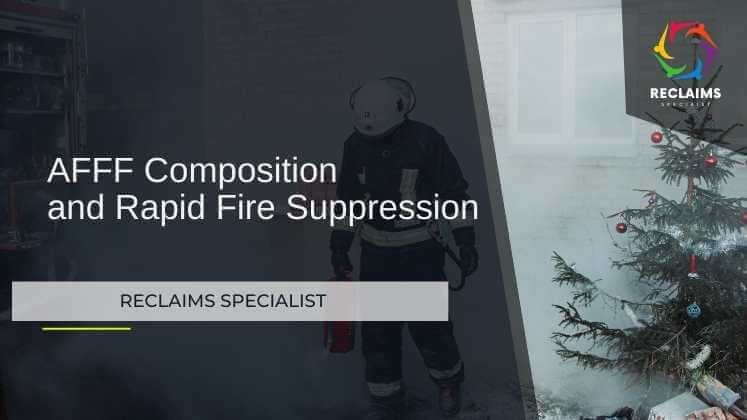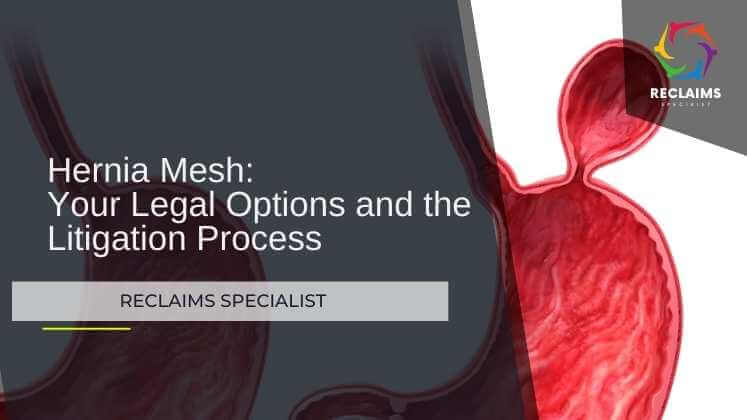In a world filled with potential dangers, fire remains one of the most unpredictable and destructive forces. Firefighters, first responders, and industrial facilities have long relied on various tools and methods to combat blazes effectively. One such tool is Aqueous Film-Forming Foam (AFFF), a substance designed to suppress and extinguish flammable liquid fires. However, the use of AFFF has raised significant concerns about its impact on human health and the environment.
Understanding AFFF
What are PFAS Chemicals?
AFFF contains a class of synthetic chemicals known as per- and polyfluoroalkyl substances (PFAS). PFAS chemicals have unique properties that make them effective in forming a stable foam and repelling oil. However, these same properties have raised concerns about their persistence in the environment and potential health effects.
AFFF in Firefighting
The use of AFFF in firefighting operations has been instrumental in saving lives and protecting property. Firefighters rely on AFFF to quickly control and extinguish fires, especially those involving flammable liquids. Its effectiveness in rapidly suppressing fires has made it a staple in fire departments worldwide.
Environmental Impact
While AFFF is effective in fighting fires, it poses environmental challenges. PFAS chemicals, found in AFFF, do not readily break down in the environment and can accumulate in water sources and ecosystems. This persistence has led to concerns about contamination and its impact on wildlife and human health.
Health Concerns
Direct Health Risks
Exposure to PFAS chemicals found in AFFF has raised concerns about potential health risks. Prolonged exposure may lead to adverse health effects, including liver damage, immune system disruption, and certain types of cancer. Understanding the direct health risks associated with AFFF is essential for individuals who may come into contact with it regularly.
Long-term Effects
The long-term effects of exposure to AFFF are an ongoing area of research. Studies are being conducted to determine the extent of health risks for individuals who have been exposed to PFAS chemicals over extended periods. These studies aim to provide a clearer picture of the potential long-term health consequences.
Regulations
Regulatory Measures
Recognizing the environmental and health risks associated with AFFF, regulatory agencies have taken action. Various countries and regions have implemented regulations to restrict the use and disposal of AFFF containing PFAS chemicals. These measures are aimed at mitigating the impact of AFFF on the environment.
Bans and Restrictions
Some regions have gone a step further by outright banning the use of AFFF with certain PFAS chemicals. These bans aim to protect both the environment and human health by reducing the release of these persistent substances.
Safe Alternatives
Eco-Friendly Solutions
In response to the concerns surrounding AFFF, researchers and manufacturers have been developing eco-friendly alternatives. These alternatives are designed to be effective in firefighting while minimizing the environmental and health risks associated with AFFF.
Effectiveness
The effectiveness of these safe alternatives is a critical factor in their adoption. Firefighting agencies and industries are keen on solutions that provide the same level of fire suppression as AFFF without the associated risks.

Case Studies
Communities Affected
Several communities have been directly affected by the use of AFFF containing PFAS chemicals. These case studies highlight the real-world impact of AFFF on the environment and human health.
Legal Actions
In response to the harm caused by AFFF, legal actions have been taken against manufacturers and users. Lawsuits seek compensation for damages and push for accountability in the use of these firefighting foams.
Awareness and Action
Public Awareness Efforts
Public awareness campaigns have played a crucial role in informing communities about the risks associated with AFFF. These efforts aim to educate individuals on the proper handling and disposal of AFFF-containing PFAS chemicals.
Advocacy and Change
Advocacy groups and environmental organizations have been instrumental in pushing for change. Their efforts include advocating for stricter regulations, safer alternatives, and corporate responsibility in addressing AFFF-related issues.
Conclusion
AFFF, while an effective tool in firefighting, comes with a set of real concerns regarding its impact on health and the environment. The presence of PFAS chemicals in AFFF raises questions about long-term health effects and environmental contamination. Regulatory measures and bans are steps in the right direction, but the search for safe and effective alternatives continues. It is imperative for individuals and industries to be aware of the risks associated with AFFF and take proactive steps to mitigate these risks. Only through collective awareness and action can we address the actual health threats posed by AFFF.
FAQs
- Is AFFF still used in firefighting?
- Yes, AFFF is still used in firefighting, but there are ongoing efforts to replace it with safer alternatives.
- Are there any health risks for firefighters using AFFF?
- Firefighters who use AFFF may face health risks due to exposure to PFAS chemicals. Research is ongoing to understand the extent of these risks.
- How can individuals minimize their exposure to AFFF-containing PFAS chemicals?
- Individuals can minimize exposure by following proper handling and disposal guidelines for products containing AFFF.
- Are there any eco-friendly alternatives to AFFF?
- Yes, researchers are developing eco-friendly alternatives to AFFF that aim to provide effective fire suppression without the environmental and health risks.
- What can I do to support efforts to address AFFF-related issues?
- You can support advocacy groups, stay informed about regulations, and encourage responsible corporate practices to address AFFF-related concerns.



